TRAPPING THE BOUNDARY WATERS


MINNESOTA HISTORICAL SOCIETY PRESS
Foreword and text 2000 by the Minnesota Historical Society. All rights reserved. No part of this book may be used or reproduced in any manner whatsoever without written permission except in the case of brief quotations embodied in critical articles and reviews. For information, write to the Minnesota Historical Society Press, 345 Kellogg Blvd. W., St. Paul, MN 55102-1906.
www.mhspress.org
The Minnesota Historical Society Press is a member of the Association of American University Presses.
Manufactured in the United States of America
10 9 8 7 6 5 4 3 2
 A The paper used in this publication meets the minimum requirements of the American National Standard for Information SciencesPermanence for Printed Library materials, ANSI Z39.48-1984.
A The paper used in this publication meets the minimum requirements of the American National Standard for Information SciencesPermanence for Printed Library materials, ANSI Z39.48-1984.
All photographs are from the Harry B. Cook collection, Morton Grove, Illinois.
International Standard Book Number
ISBN 13: 978-0-87351-379-1 (paper)
ISBN 10: 0-87351-379-7 (paper)
E-book ISBN: 978-0-87351-705-8
Library of Congress
Cataloging-in-Publication Data
Cook, Charles Ira, 18921965.
Trapping the Boundary Waters : a tenderfoot in the border country, 19191920 / Charles Ira Cook Jr.; with an introduction by Harry B. Cook.
p.cm.
ISBN 0-87351-379-7
(pbk. : alk. paper)
1. Cook, Charles Ira, 18921965.
2. PioneersMinnesotaBoundary Waters Canoe Area Biography.
3. TrappersMinnesotaBoundary Waters Canoe Area Biography.
4. Boundary Waters Canoe Area (Minn.) Biography.
5. Boundary Waters Canoe Area (Minn.)Description and travel.
6. Outdoor lifeMinnesota Boundary Waters Canoe Area.
FG12.B73.C66 2000
977.67052092dc21
[B] 99-40555
CIP
TRAPPING THE BOUNDARY WATERS
Harry B. Cook
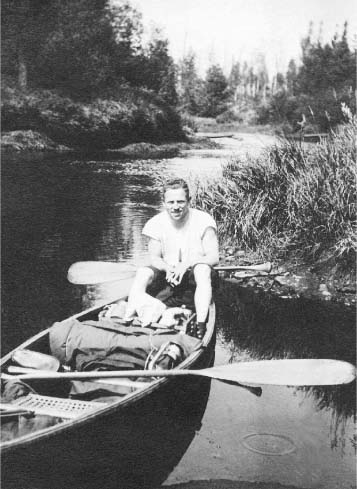
FOREWORD
On May 4, 1919, looking like two disreputable junk peddlers at the end of a successful day, we started off;. Our springs were flat, our purses flatter; the load pounded along on the rear axle, each bump in the road beating a tattoo on the seat of our pants that set our teeth to rattling. We were headed north for the Canadian border.... All summer lay before us in which to locate a jumping-off place from which we could say good-bye to civilization and head for the interior to establish our headquarters for the coming winter.
O N THIS OPTIMISTIC NOTE , my father, Charles Ira Cook Jr., began his youthful thirteen-month adventure in the Minnesota-Ontario Boundary Waters. Undeterred by his homesick companions early departure, he set about learning to survive in the harsh northern wilderness.
He mastered canoeing, fishing, and sailing on windy lakes, cooking over an open fire, hunting game and fowl for food, and trapping for furs, the cash crop of the North. Adopted by trapper Bill Berglund, he came to know the Boundary Waters community of Indian and mixed-blood families and lonersguides, bootleggers, rangers, traders, and adventurers. He traveled by dogsled far into frozen Canada, where he finally reached the outer limits of his physical enduranceand lived to tell the tale to his family.
My father was born on November 30, 1892, in Menominee, Michigan, gateway to the Upper Peninsula. His father had managed a 6,400-acre family farm at Odebolt, Iowa, until it no longer paid well; he married my grandmother, Elizabeth Marie Paterson, in Chicago and moved to Menominee to go into business. Dad was the second of their three children.
Father spent a school year at Northwestern Military Academy in Lake Geneva, Wisconsin, three years at Lake Forest Academy in Illinois, and two years at the University of Wisconsin before his father called him home due to his lack of progress. He seems to have majored in fraternity life, fast cars (a Stutz Bearcat), and college girls. In 1917 he enlisted in what became the U.S. Army Air Service, training at Chanute Field in Rantoul, Illinois, rising to first lieutenant, earning his wings, and instructing pursuit pilots flying Jennys and de Havillands. While stationed at Lake Charles, Louisiana, he spent his free time apprenticed to a market duck hunter on the Gulf of Mexico. He also was stationed at Ellington Field in Houston, Texas, where he pioneered an airmail route.
Returning from the service in January 1919, my father workedwhen he wasnt hunting or fishingin most of his fathers many businesses: wholesale groceries, dairy and produce farms, a spice factory, candy factory, cannery, pickle factory, and timber and iron mining interests in the Upper Peninsula.
Sometime in that next year, Charles Sr., who was unhappy with his sons frequent absences, said, Charlie, get the hell out of here. Go north, and get the hunting and fishing out of your system because you are no damn good to me here!
With sudden enthusiasm, my father and his friend Corney (Cornelius) Below loaded a Model-T Ford with camping essentials and headed for the northeastern Minnesota village of Winton, the jumping-off place for the recently established Superior National Forest. He added to his camping outfit at the store there and thence began the adventure recounted in this story.
In 1949 my father retired from a restless career as the owner of a logging operation at Rockland, Michigan, owner of the Cooks Pantry chain of twenty-two grocery stores, manager for the Kroger and Red Owl grocery chains, co-founder of Midland Cooperative Wholesales grocery department and the Wissota grocery brokerage, district manager for the Office of Price Administration during World War II, and owner of Cooks Ice Cream, a dairy bar in Eau Claire, Wisconsinin partnership with me after my discharge from the Army Signal Corps.
Dads wilderness experiences, like other young peoples risky undertakings, remained the high point of his life. I know, because I grew up on those stories, told and retold. I remember being sent off to bed only to sneak back to the head of the stairs to listen to him and my uncle, George Warner, yarning about those days.
Fondly remembering his youthful adventure, my father enrolled in writing courses and in the early 1950s typed up an account from memory of his Wilderlust excursion, as he called it. He wrote using some offensive but then common terms (deleted in this edition), and he approached Indian lifeways with the common stereotypes of his time. Many people will raise their eyebrows at some of his stories and call them tall tales, but my father said they were true. Maybe they are; maybe they arent.
Knowing that he may not have correctly identified every lake he crossed nor every person he met, my father polished the manuscript as best he could. He then tried unsuccessfully to have it published. He died on February 6, 1965, at age seventy-two, content with his love of the outdoors and his contributions to his world.
I saved my fathers penciled and typed manuscripts for four decades, keeping them in a box with his Air Corps wings and memorabilia from the adventure-rumpled maps and several dozen snapshots. Last year I came across a Chicago Tribune article by outdoors writer John Husar about Dorothy Molter, the Boundary Waters Root Beer Lady. Molter was the life partner in later years of Bill Berglund, my fathers first trapping partner. I called Mr. Husar, and he encouraged me to find a publisher for my fathers story. Now, with the enthusiastic support of the Minnesota Historical Society Press, managing editor Ann Regan, and editors Marilyn Ziebarth and Deborah Swanson, I have done so.


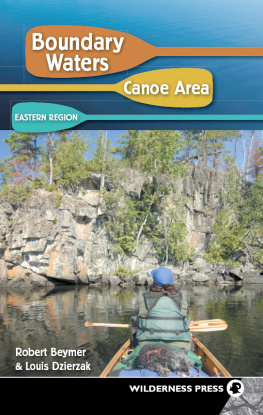
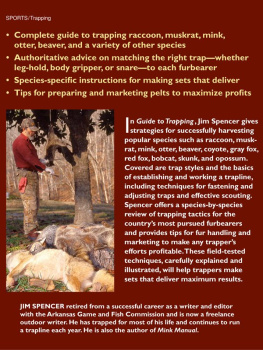



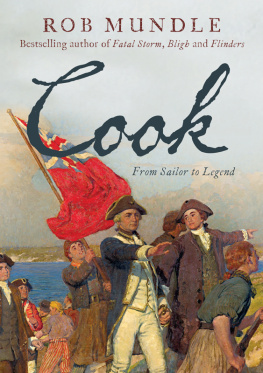
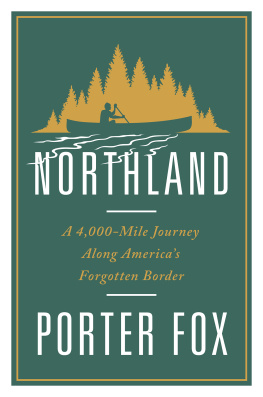

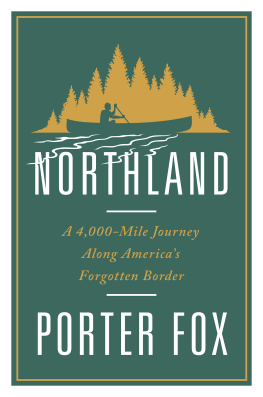


 A The paper used in this publication meets the minimum requirements of the American National Standard for Information SciencesPermanence for Printed Library materials, ANSI Z39.48-1984.
A The paper used in this publication meets the minimum requirements of the American National Standard for Information SciencesPermanence for Printed Library materials, ANSI Z39.48-1984.